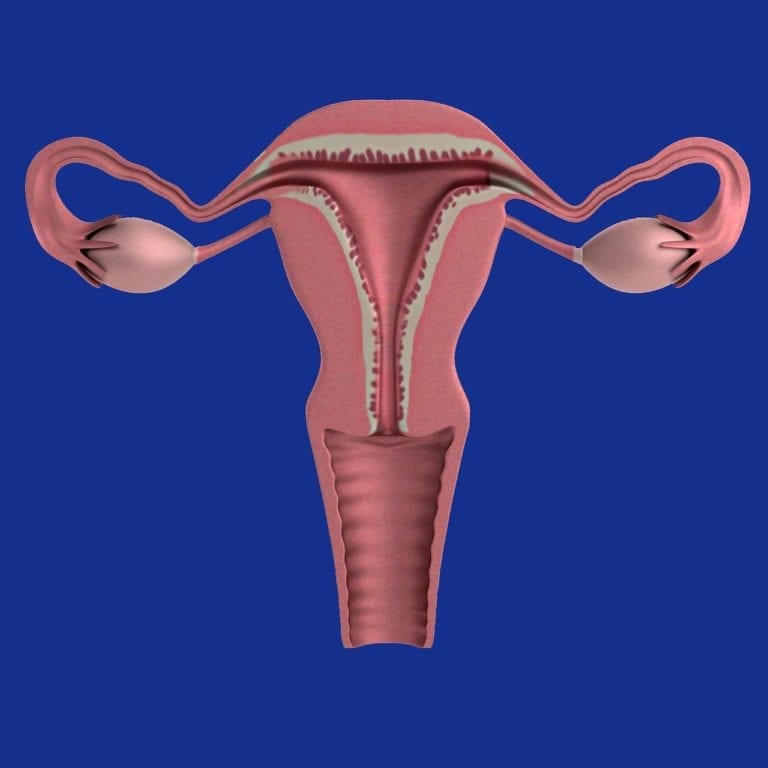According to a recent article from the Irish Medical Times, a combination of surgery and platinum-based chemotherapy is the best treatment for patients with advanced ovarian cancer.
Ovarian Cancer
Ovarian cancer is a type of cancer that forms in a woman’s ovary. An ovary is one of two almond-shaped organs found on each side of the uterus that store eggs and produces the hormones estrogen and progesterone. Depending on the type and stage, malignant cells are found inside, near, or on the outer layer of the ovaries. Common areas where the cancer may spread from the ovary include the abdomen lining, bowel and bladder lining, lymph nodes, lungs, and liver. There are four types of ovarian cancers:
- Epithelial tumors, which refer to the thin layer of tissue that covers the ovaries and account for 90% of ovarian cancer cases
- Germ cell carcinoma tumors, in which the cancer begins in the cells that form the eggs and account for 5% of ovarian cancer diagnoses
- Stromal carcinoma tumors, in which the cancer develops in the connective tissue cells that hold the ovary together and produce estrogen and progesterone and account for 5% of ovarian cancer diagnoses
- Small cell carcinoma of the ovary (SCCO), which is a rare, highly malignant tumor that accounts for 0.1% of ovarian cancer diagnoses
The staging of ovarian cancers is the following:
- Stage I: Cancer is found in one or both ovaries
- Stage II: Cancer has spread to the pelvis
- Stage III: Cancer has spread to the abdomen
- Stage IV: Cancer has spread to other parts of the body
Symptoms:
The frequency and/or number of symptoms are key factors in the diagnosis of ovarian cancer, and symptoms become more noticeable as the cancer progresses. Common symptoms include:
- Bloating
- Pelvic pain
- Abdominal swelling
- Loss of appetite
- Urinary symptoms (urgency or frequency)
Symptoms of a cancer within the stromal carcinoma group include:
- Abnormal uterine bleeding
- Endometrial hyperplasia (thickening of the uterus that causes bleeding)
- Breast tenderness
- Vaginal secretions
- Virilizing symptoms due to increased testosterone
- Increased abdominal girth
- Enlarging abdominal mass
- Irregularities in the menstrual cycle
Treatment
Although surgery and chemotherapy are the recommended approach for treating advanced ovarian cancer, the order in which they occur respectively has been highly debated.
Surgery is used to remove visible tumors that have a diameter greater than 2.5mm. This can look different for various patients, and it can lead to extensive surgeries such as bowel resection, splenectomy, liver resection, or even peritoneal stripping in the abdomen and pelvis. Despite possible complications, surgery is shown to have a strong survival benefit to patients with ovarian cancer.
In cases where surgery is not an option, platinum-based chemotherapy is the recommended treatment. If the chemotherapy is successful in reducing the size of the tumors, then surgery may be possible and recommended.
HIPEC
Some centers administer Heated IntraPeritoneal Chemotherapy (HIPEC) if cytoreduction (complete surgical tumor removal) is achieved. HIPEC introduces chemotherapy directly into the peritoneal cavity once all tumors have been removed. Then, it is heated until it reaches 42 degrees Celsius.
HIPEC with cisplatin has proven to prolong overall survival and recurrence free survival in advanced ovarian cancer patients, without increasing morbidity. Although HIPEC has not been studied in in the primary setting, a study at Mater Hospital will soon start to look into this.
Recurrence, BRCA Testing, and PARP Inhibitors
Unfortunately with ovarian cancer, recurrence is common. The time between last treatment and recurrence is vital to determine the best treatment options. With an interval greater than six months, platinum-based chemotherapy is expected to be effective. However, the interval between treatment and recurrence is expected to become shorter as the disease becomes treatment-resistant.
Treatment options have become available over the last few years to lengthen the interval between treatment and recurrence, which can therefore prolong survival. One such treatment is PARP inhibitors, which are a family of drugs that inhibit an enzyme involved in the repair of single stranded DNA breaks in cancer cells. This then leads to the death of the cancer cells during the replication process. PARP inhibitors have shown to be the most effective in BRCA mutations where they are in the tumor only and not inheritable (somatic) and inheritable (germline). Together with the PARP inhibitors, this induces the death of the cancer cell. Due to this, somatic and germline BRCA testing is becoming standard care for female patients diagnosed with ovarian cancer in Ireland.
The most common reported side effects of PARP inhibitors so far include fatigue, nausea, anemia, neutropenia and thrombocytopenia. Other, more rare, side effects are interstitial ling disease and myelodysplastic syndrome.






